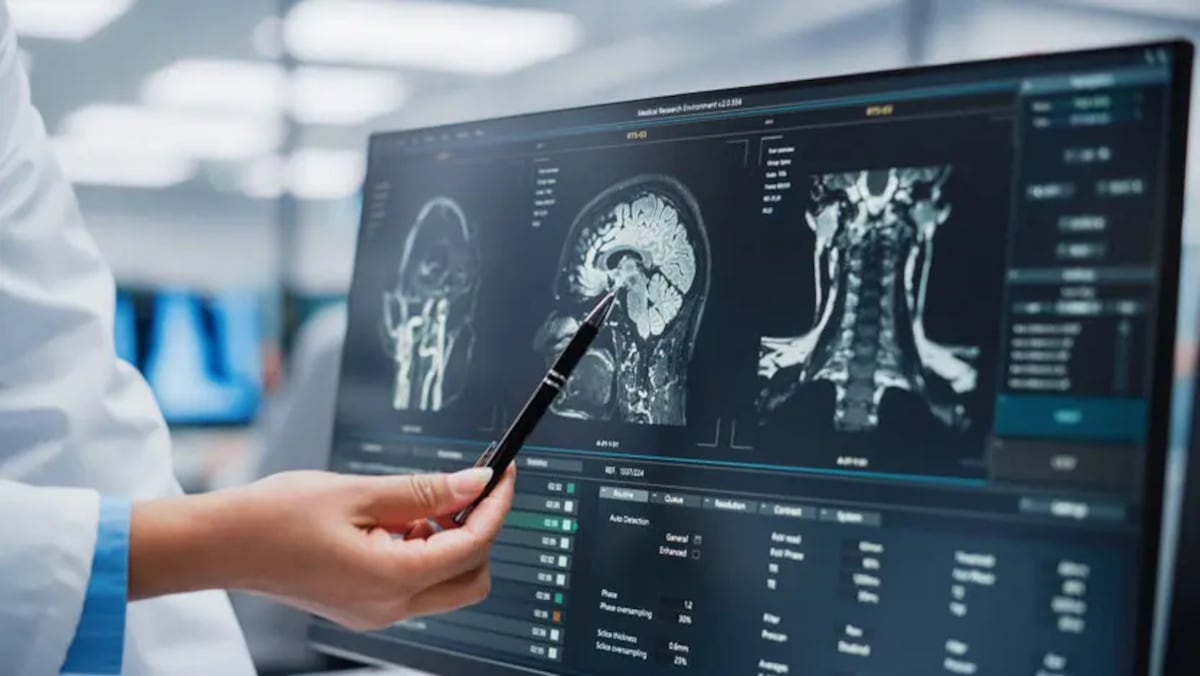Examining AI's Impact on Multiple Sectors: From Healthcare to Job Markets
Author: Marisol Jiménez

The rapid advancement of artificial intelligence (AI) technology is transforming industries across the globe. As we delve into the multifaceted impact of AI, it is crucial to examine its influence on healthcare, employment, and technological innovations. In particular, healthcare systems are under pressure to adapt and evolve, facing significant challenges associated with bureaucracy and accessibility, as highlighted by a patient’s story showcasing how AI can improve efficiency and potentially save lives.
In healthcare, bureaucratic red tape often hinders timely patient care. Patients commonly experience prolonged waits for appointments and treatments, a scenario starkly illustrated by recent storytelling that emphasizes the need for reform. AI presents a viable solution by streamlining administrative processes, predicting patient needs, and even assisting healthcare professionals in diagnostics. By integrating AI into healthcare systems, we can minimize delays and enhance patient-provider interactions.

AI in healthcare: How technology can assist in improving patient care and reducing bureaucratic challenges.
However, the rise of AI is not limited to healthcare; it has profound implications for the job market as well. In the U.S., the emergence of AI technologies has led to the decline of many traditional jobs. Today's graduates find themselves entering an increasingly competitive job market where roles are being phased out due to automation. Yet, paradoxically, the mining industry is seeing a resurgence in hiring, as it adapts to technological advancements, thus highlighting the uneven effects of AI across sectors.
The implications of AI extend beyond employment; they also provoke discussions about regulation and oversight. Recent developments, such as the Trump administration’s initiative to remove regulatory barriers for AI developers and data centers in the U.S., exemplify a push towards greater integration of AI into various sectors, though not without concerns regarding environmental impacts. The balance between fostering innovation and protecting public interests poses a critical challenge for policymakers.

Understanding the regulatory landscape: The ongoing debate on AI regulations and their implications for society.
Meanwhile, international efforts to create collaborative AI frameworks are on the rise, as demonstrated by China's push for an international organization to jointly develop AI technologies. At the World Artificial Intelligence Conference, calls for cooperation reflect a global recognition of AI's potential while addressing the concerns related to monopolies and competition. Such initiatives underline the importance of multinational cooperation in navigating the complexities of the AI landscape.
AI's reach extends into various other fields, as demonstrated by its application in monitoring wildlife and facilitating conservation efforts. For instance, a PHD student at Bournemouth University is developing AI models to track baby barn owls in Dorset—a valuable endeavor that combines technology with ecological preservation. Such projects indicate AI's utility in addressing critical environmental challenges, illustrating its versatility and potential beyond commercial use.

Innovative applications of AI: Tracking the conservation of barn owls in Dorset.
As discussions about AI's future continue, other areas emerge, such as the digital landscape and its regulation. In the UK, new age verification laws are being implemented to enhance online security and potentially limit access to harmful content. An analysis of this legislation reveals users' attempts to bypass regulations, highlighting the ongoing tension between privacy, security, and technological advancements.
In conclusion, the ongoing evolution of AI presents both challenges and opportunities across various sectors, including healthcare, employment, environmental conservation, and regulations. As we stand at the crossroads of this technological revolution, it is vital for stakeholders—government, industry leaders, and the public—to collaboratively navigate the implications of AI, ensuring that its transformative potential is harnessed responsibly for the benefit of all.